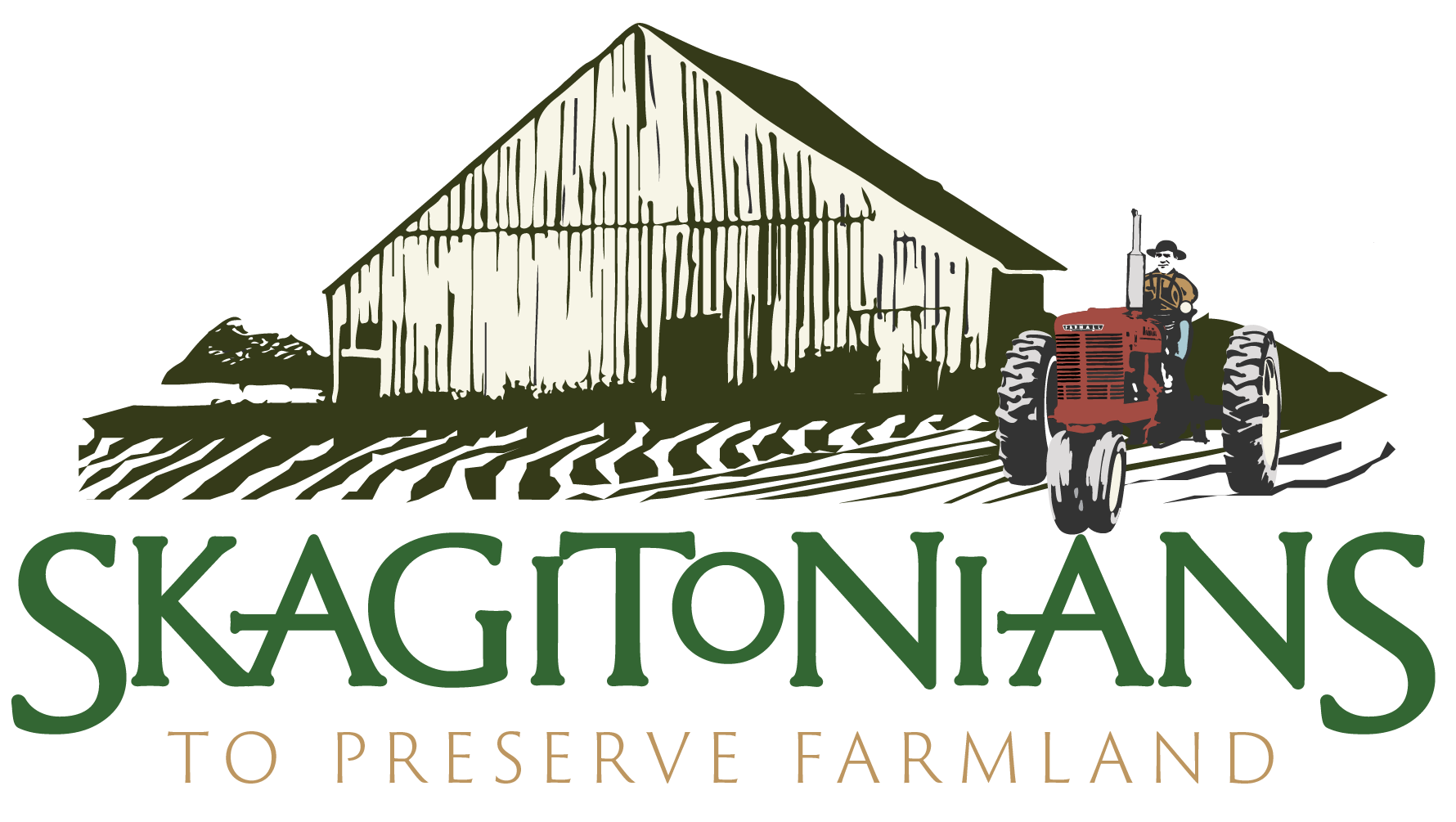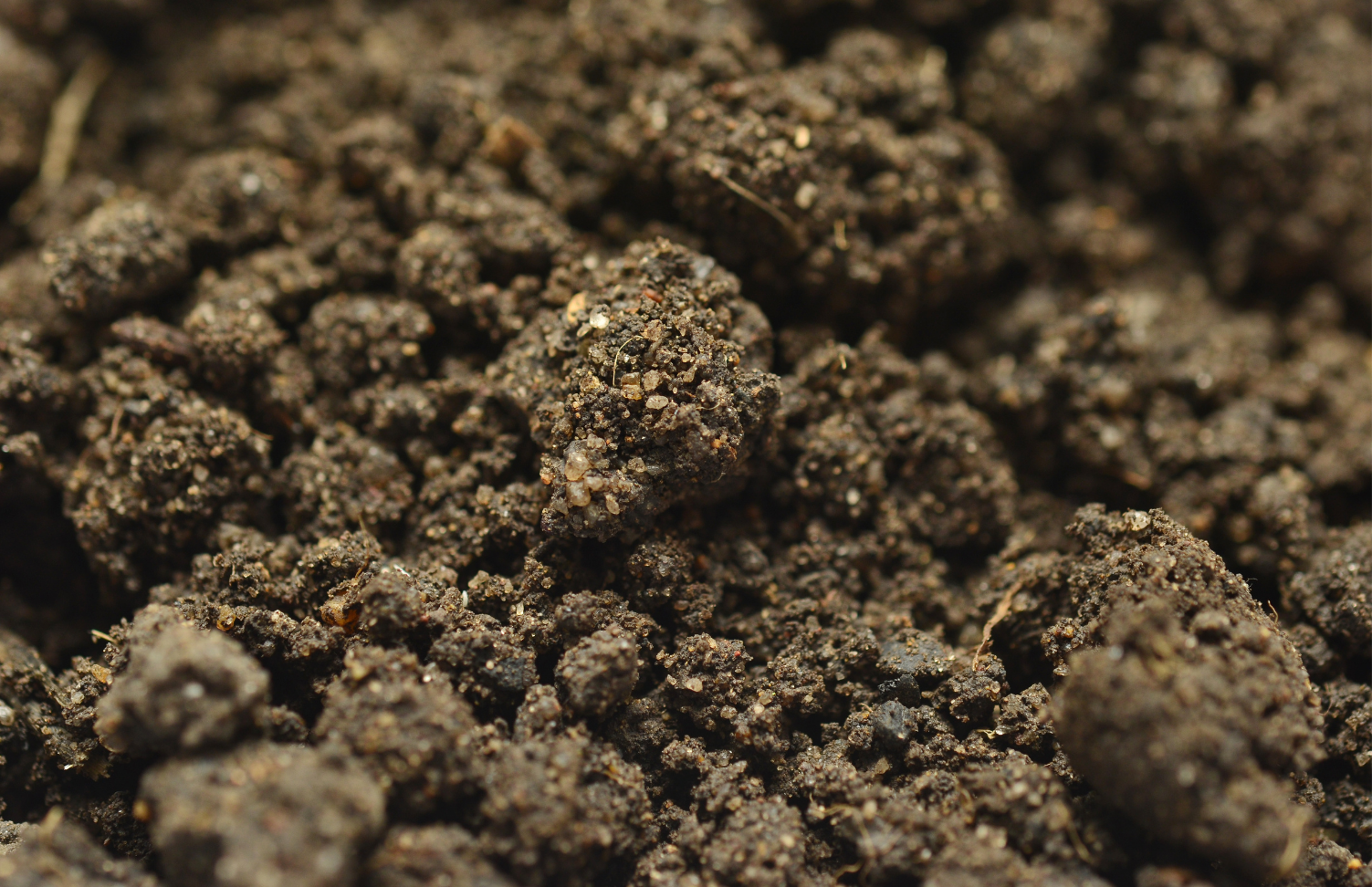Biochar and Bioreactive Compost
Last month we explored the movement known as regenerative agriculture and, most particularly, one of its main goals: To not just sustain the health and fertility of the soil, but make it demonstrably better for succeeding generations of farmers. This month we will explore two ways to further that goal through the use of biochar and bioreactive compost.
Centuries Old, Yet Wonderfully New
Biochar is the end product from a specific method of burning organic material, often waste material, left over from agriculture and forestry operations. The material is burned in a oxygen-limited process that yields very low, or even no, polluting fumes. This method of burning is known as pyrolysis. Production can be scaled as required by using modified stoves or kilns for small operations up to dedicated pyrolysis plants for large operations.
To quote What is Biochar? from Regeneration International, "In terms of physical attributes, biochar is black, highly porous, lightweight, fine-grained and has a large surface area.
Approximately 70 percent of its composition is carbon. The remaining percentage consists of nitrogen, hydrogen and oxygen among other elements. Biochar's chemical composition varies depending on the feedstocks used to make it and methods used to heat it." But, there's more that goes into the final composition of the biochar. The Agriculture Research Service of the USDA says that the cooling method and storage also contribute to biochar's essential characteristics.
What makes this so intriguing as a soil amendment is that it sequesters unstable carbon from the various feedstocks into a stable form that lasts hundreds, even thousands, of years. There is historical evidence of this claim.
Amazonian Connection
The soils of the vast Amazon basin are known to be extremely poor and quickly depleted once cleared. They exhibit a faded red color and fragile soil structure. But, while studying indigenous peoples, anthropologists noted a remarkable physical delineation between soils in the traditional areas of habitation.
Some soils were a deep, dark color known as "terra preta" (dark earth). Analysis of side-by-side crop areas, with feeble red soil alongside terra preta showed they differed chiefly due to the presence of biochar in the dark earth. The soil was fertile, plants thrived, and despite the proven great age of the amendment, the biochar still held carbon.
The Value of Biochar
Research is ongoing, but some of the traits believed to be derived from adding biochar to the soil include enhanced soil structure, increased water retention and aggregation, decreased soil acidity, reduced nitrous oxide emissions, improved porosity, regulated nitrogen leaching, improved electrical conductivity, and improved microbial properties.
Whether these attributes are produced depends on what feedstocks are used; much of current research is devoted to identifying what mixtures work best in which soil. In the meantime, there is this hopeful comment from biochar-international.org in referring to the Amazonian terra preta, "These soils continue to hold carbon today and remain so nutrient rich that they have been dug up and sold as potting soil in Brazilian markets."
Supercharged Effect?
Among the many adherents of biochar is Doris Hamill, a physicist at NASA Langley Research Center. Hamill has explored a number of ways to make biochar and use it in practical applications. According to her experience, "If you really want to do it right, mix your biochar with compost to create a "living fertilizer. That supercharges it. Sometimes we speak of it colloquially as a carbon condominium—it's a wonderful place for the soil microbes to live in; it keeps them moist, it keeps them safe from predators."
A New Way of Composting
Typical composting practice requires frequent turning of the feedstocks along with careful monitoring of moisture levels and temperature. The process can produce unwelcome smells and attract flies.
In the last few years, however, microbiologist Dr. David C. Johnson, a faculty affiliate at the Center for Regenerative Agriculture at California State University-Chico, worked with his wife, Hui-Chun Su to develop the Johnson-Su Bioreactor to produce fungal-rich compost that never needs turning, does not cause any odors, attracts no flies, and composts feedstocks aerobically, that is, by using organisms that require oxygen. Reaching compost maturity takes one year.
The end product is not the mulch-like consistency usually associated with composted material, but instead is similar to clay. And it is powerful stuff. According to years of field studies, it takes just two pounds of compost mixed into a 20 gallon slurry per acre to deposit six million fertility-enhancing fungi/bacteria per square foot.
Microbial density is fundamental for soil health. According to the Center for Regenerative Agriculture at CSU-Chico, applying the compost in an agricultural field study of over four years duration showed, "there was a 25-times increase in active soil fungal biomass."
Further elaborating on its efficacy, the Center says, "When mature this compost can be applied as an extract, used to coat seeds for planting in large farming operations, or be applied directly as a soil amendment.
It improves seed germination rates when used to coat seeds, improves soil water infiltration and water retention by helping increase soil carbon content, and increases plant health, plant growth rates, and crop production."
The Common Thread
Both biochar and bioreactive compost mimic nature by using naturally occurring resources to enrich soil and what's grown in it.
Whether new or old, or—like Doris Hamill suggests— both combined, it's processes such as these that make regenerative agriculture the promising movement it is.
By Teresa Bennett: info@skagitonians.org




